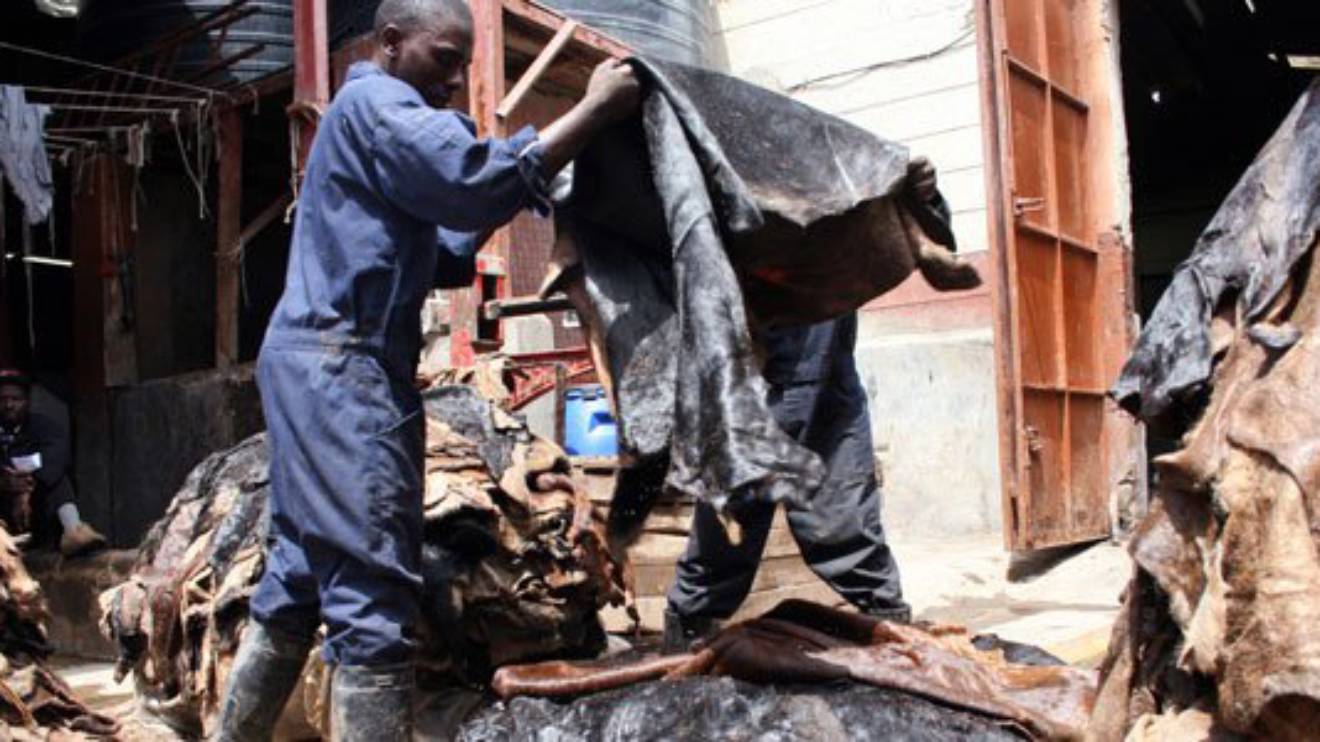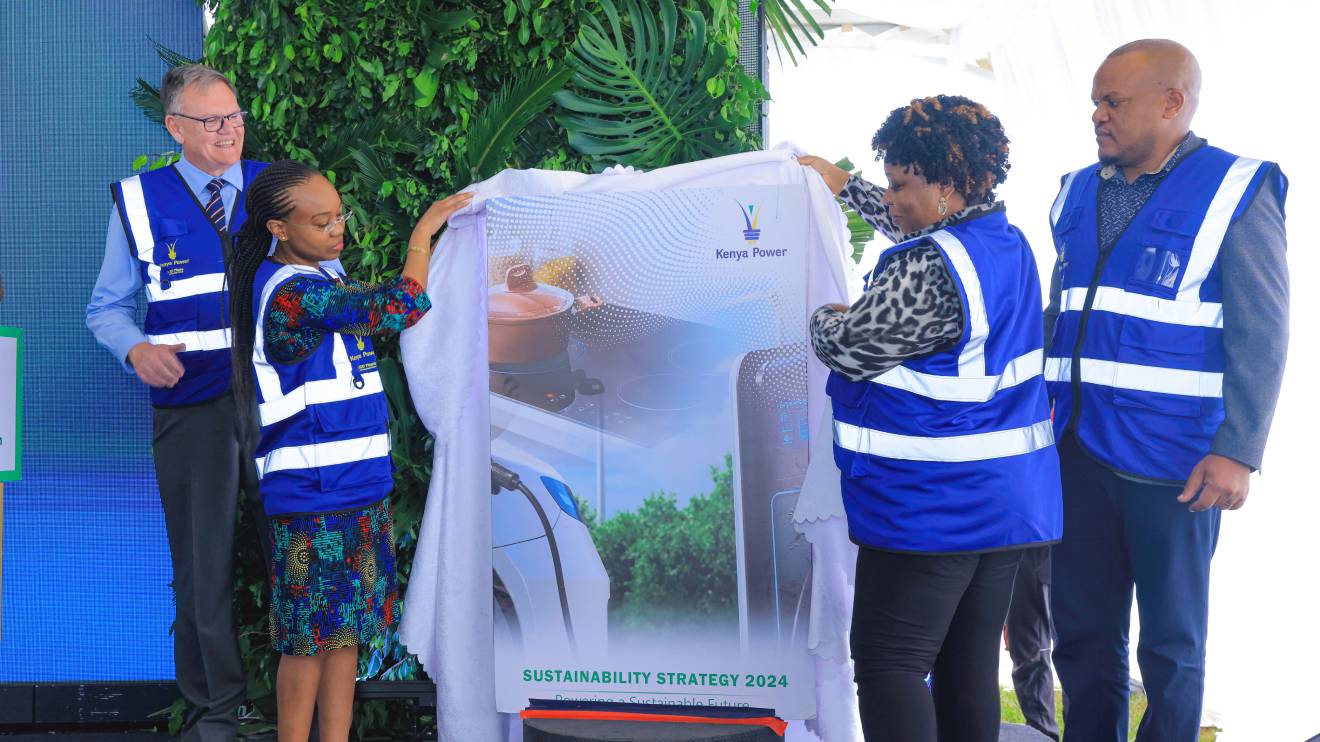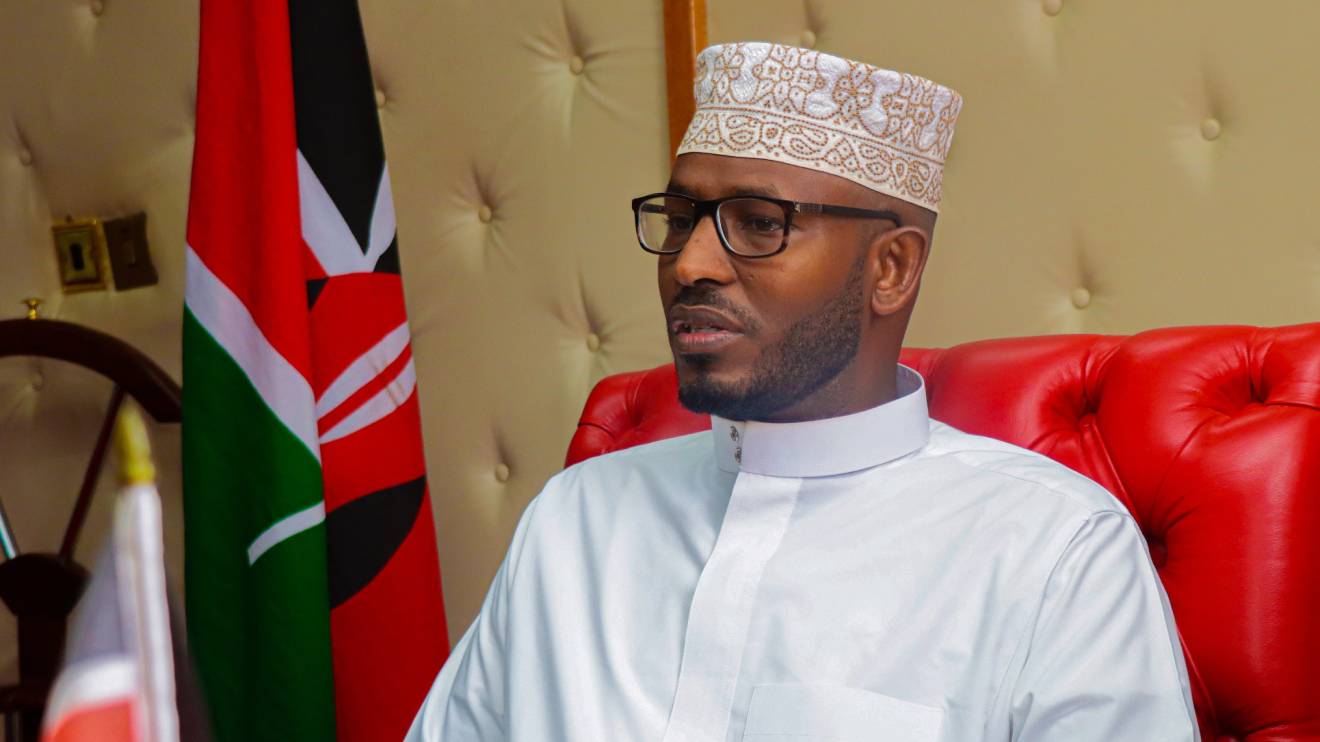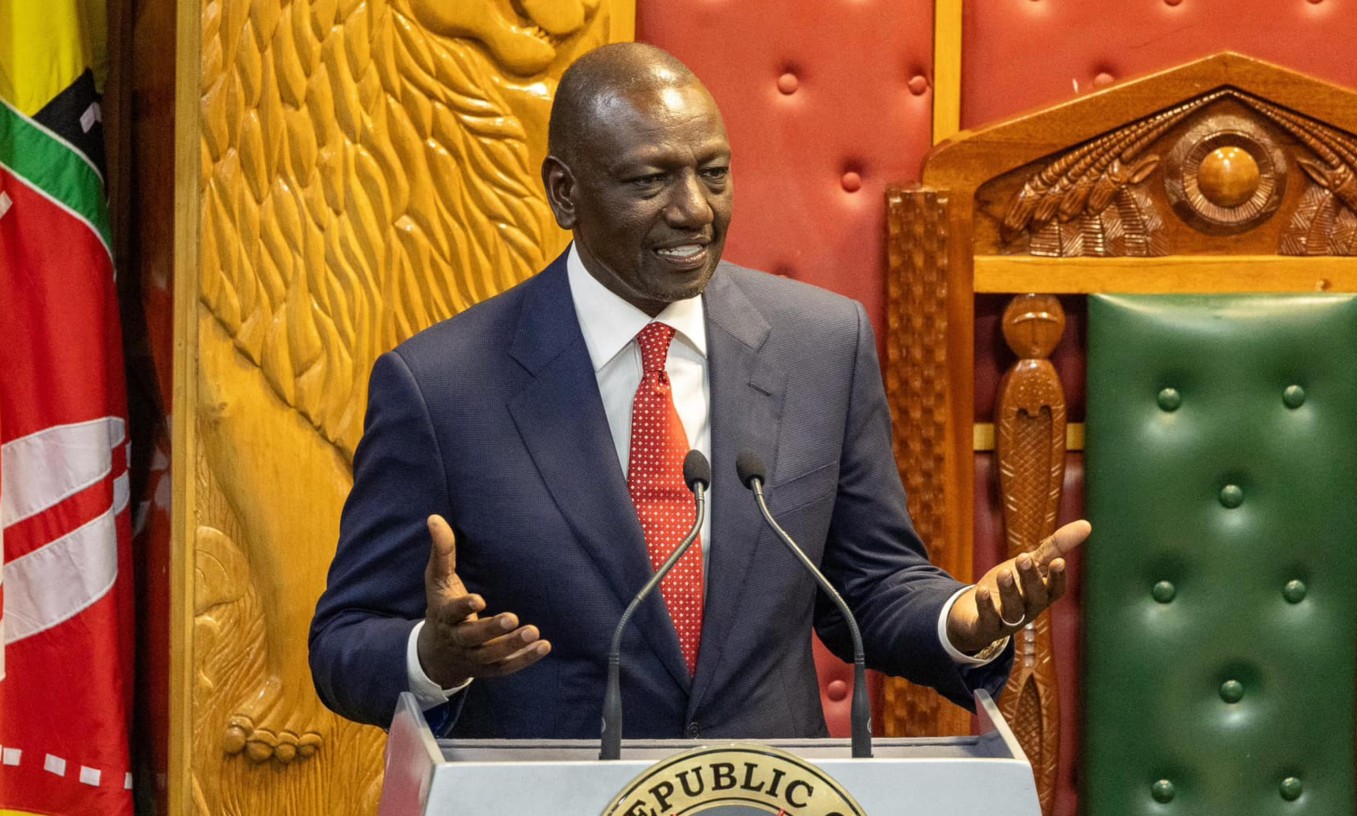A two-day workshop convened in the Kenyan capital on Tuesday has underscored the potential of the leather sector to drive economic growth across the Common Market for Eastern and Southern Africa (COMESA).
The gathering brought together over a hundred stakeholders, including government officials, industry experts, and United Nations representatives, to validate a regional strategy aimed at transforming the sector.
Kenya, a key player in the COMESA bloc, has expressed unwavering commitment to the leather value chain's development, according to Principal Secretary Juma Mukhwana.
"The leather sector is a cornerstone of COMESA’s industrialisation strategy," emphasized 7, Director of Agro-Industries, speaking on behalf of the Principal Secretary.
Despite Kenya exporting leather products worth an estimated 2.2 billion shillings in 2023, according to the Kenya National Bureau of Statistics, the region’s full potential remains untapped. C
Read More
OMESA as a whole produces leather goods valued at approximately 3 billion dollars annually, while simultaneously importing a further 2 billion dollars worth of leather products.
Nicholas Mudungwe, Executive Director of COMESA’s Africa Leather and Leather Products Institute, highlighted the transformative power of value addition to raw leather.
He posits that increased investment in this area could generate over 30 billion dollars annually for the region.
Bereket Alemayehu, a trade policy expert from the United Nations Economic Commission for Africa, identified a significant opportunity for COMESA member states such as Kenya and Ethiopia.
Their substantial cattle populations position them as ideal hubs for leather product exports. He stressed the importance of capacity building to enhance the sector’s quality, productivity, and overall profitability.
As the workshop concludes, expectations are high that the validated strategy will serve as a roadmap for unlocking the leather sector’s full potential, creating jobs, and boosting regional economies.




 (1)-1727972556.jpg)



 (1)-1732264169.jpg)

